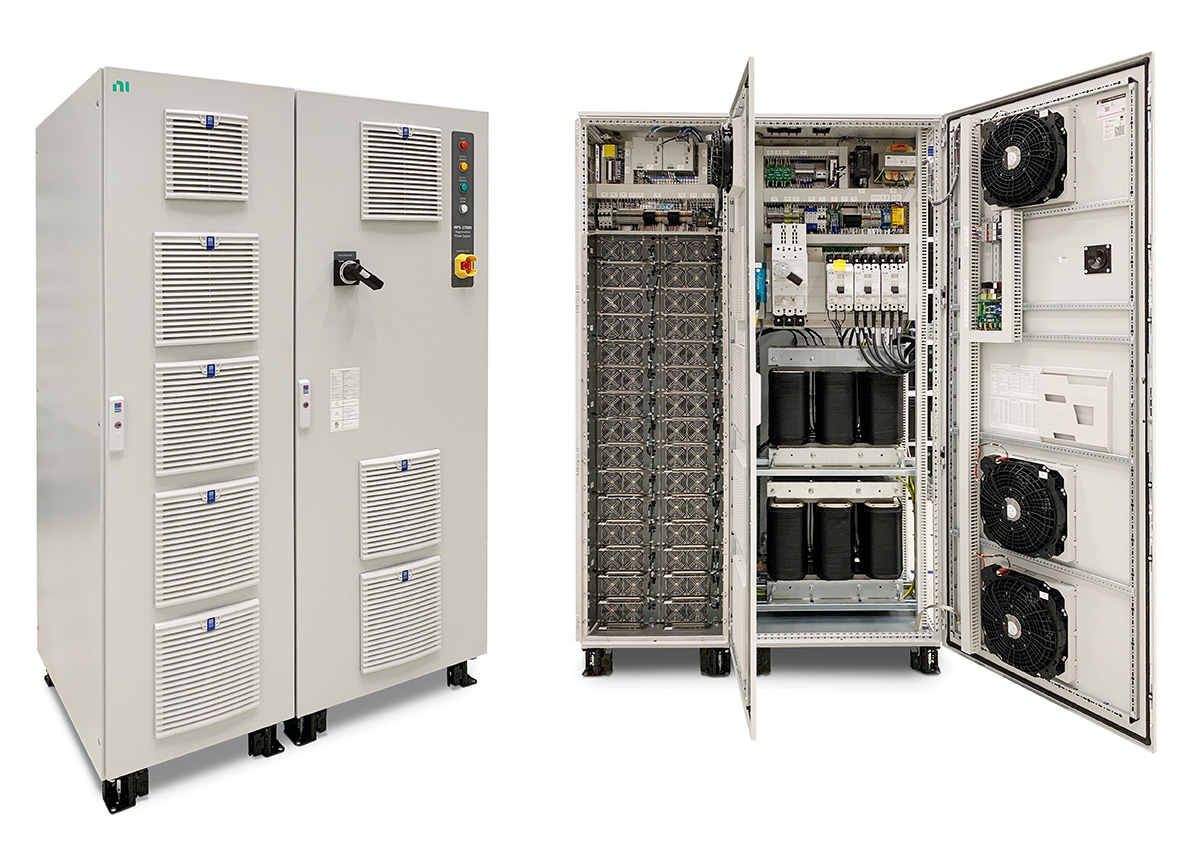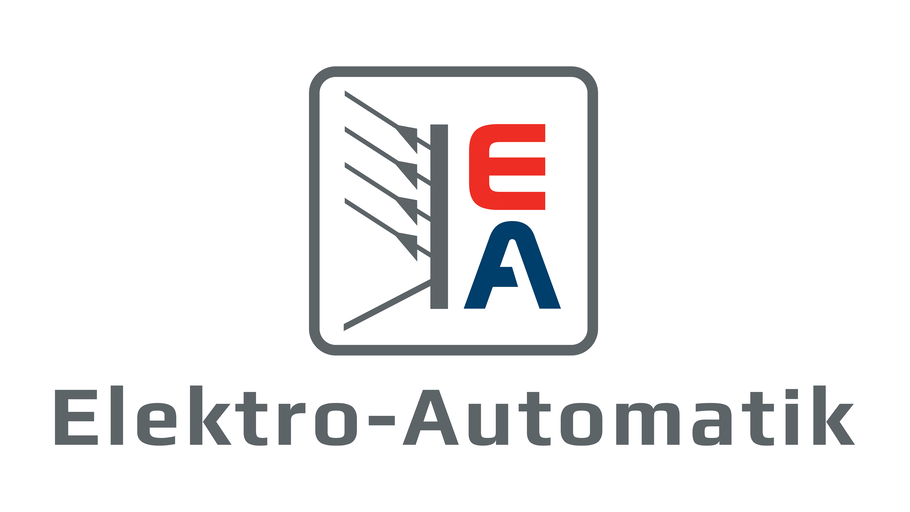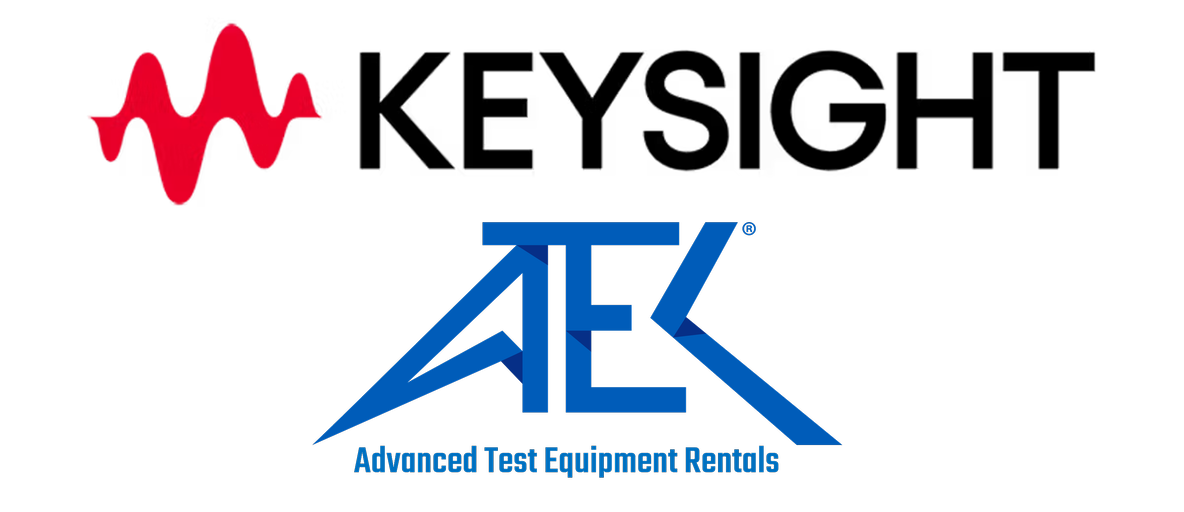Battery labs need power—lots of power—in order to test batteries by cycling them over and over. NI, a provider of automated testing and measurement systems, keeps turning up the voltage. The company has just unveiled its highest-voltage EV battery cycler to date, the High Power System-17000.
This 150 kW battery cycler is designed to support existing EV architectures “while leaving room for future higher-voltage variants as technology continues to evolve.” It features new synchronization capabilities, as well as a modular design that’s designed to offer battery labs increased layout flexibility and lower maintenance costs.
In order to support applications beyond battery cycling, such as inverter testing and dynamometer applications, the HPS-17000 has standardized power- and application-specific breakout sections in the cabinet. This is also designed to enable local service technicians to act quickly should a malfunction occur.
Time-sensitive networking technology allows multiple HPS-17000s to synchronize down to the microsecond, so cyclers positioned tens of meters apart can reliably operate in parallel. This synchronization also extends to high-accuracy current and voltage sensor units, so battery design and test engineers can readily correlate cycler actions with external measurements at microsecond-level resolution.
Additional features include: modes ranging from 400 V to 1,500 V; high-frequency test signal production; support for EIS and ACIR applications; parallel operation via time synchronization over Ethernet; and time-stamped setpoint streaming for large, distributed deployments.
“The HPS-17000 pushes the performance boundaries of NI’s cycler portfolio even further, providing our customers with all the tools they need to test their EV batteries at the scale they require,” said Piet Vanassche, Chief Engineer of NI’s EV Test Systems. “By using NI’s software capabilities, hardware design expertise and modular approach, customers can scale their labs, maximize uptime and improve their test performance with a sub-ms dynamic response, and future-proof their battery validation labs.”
SEE ALSO: Learn how GM uses battery data (Video)
Source: NI


















































